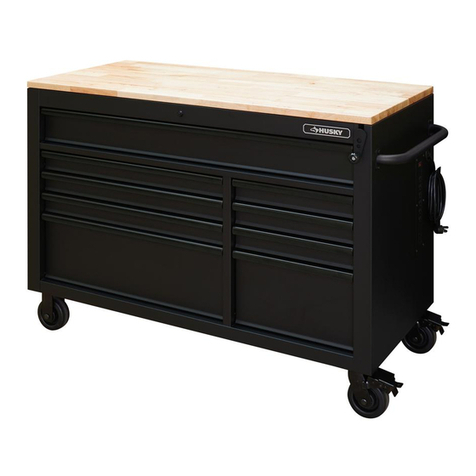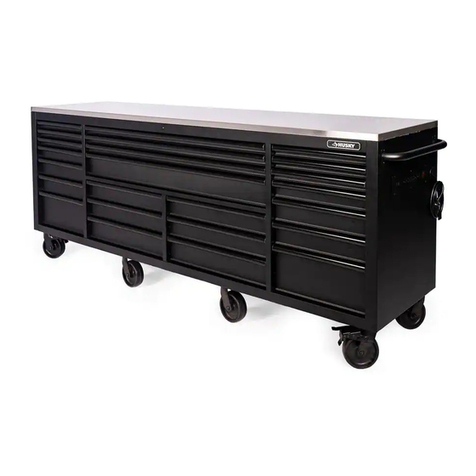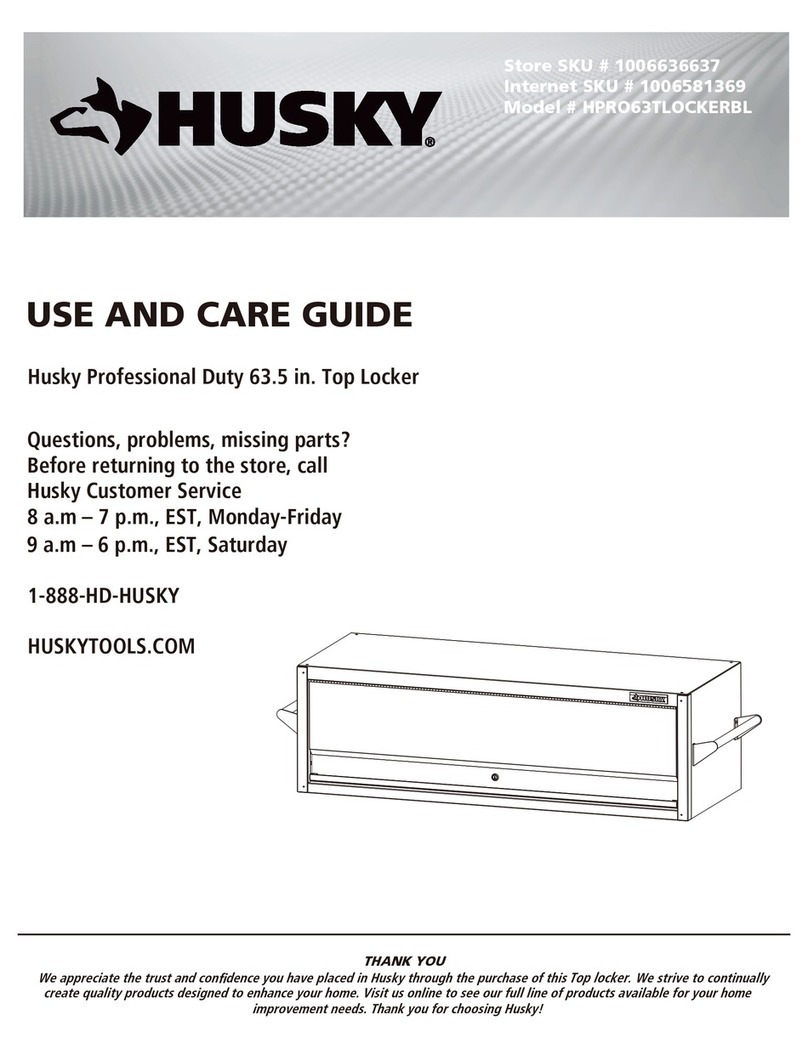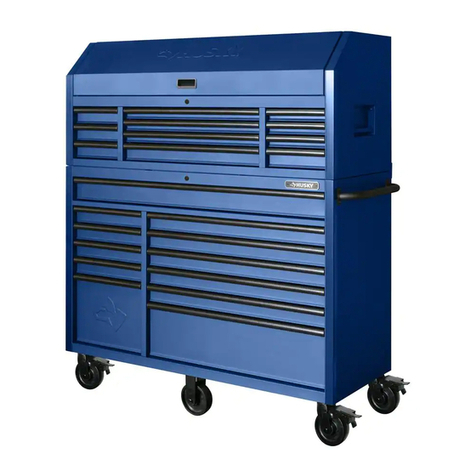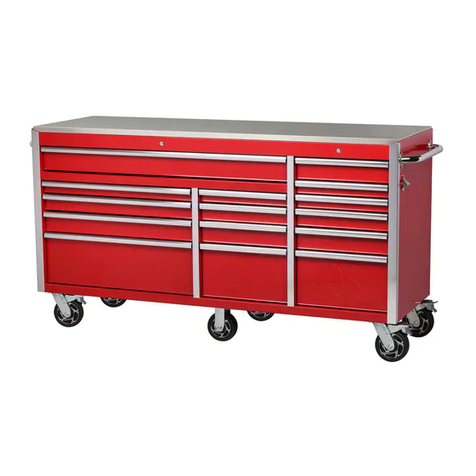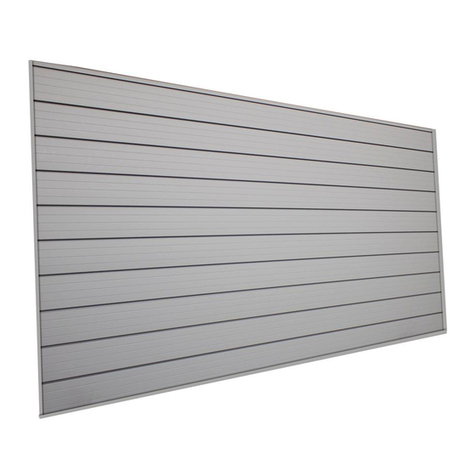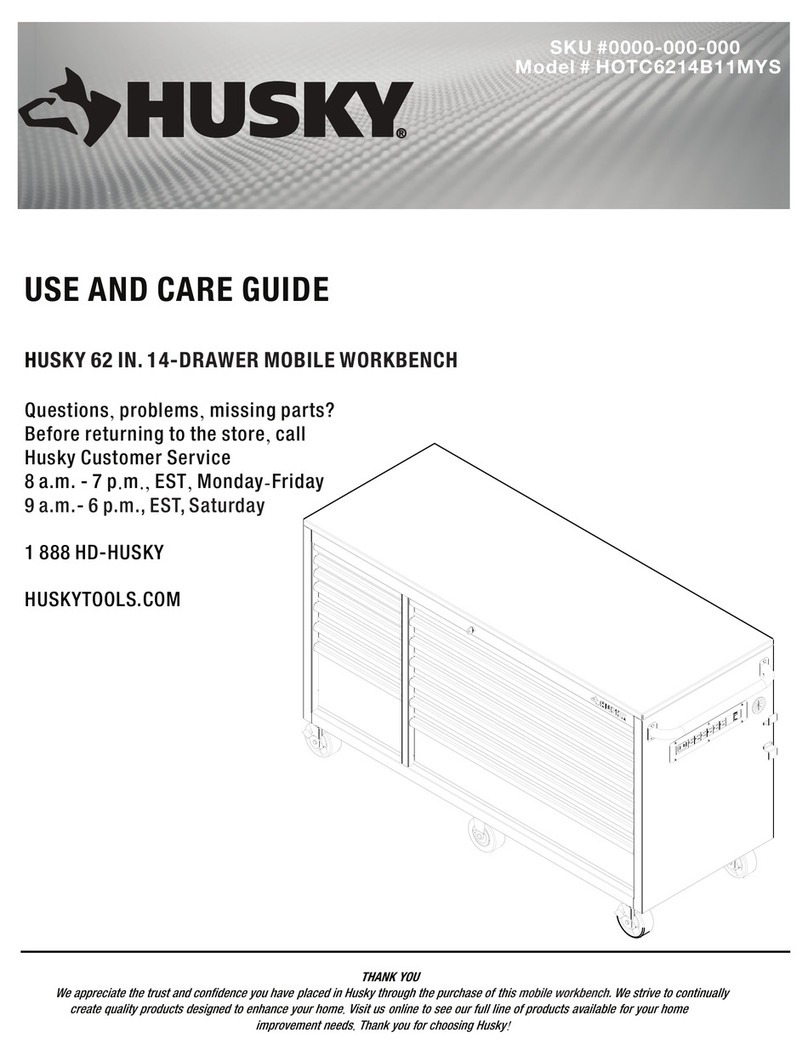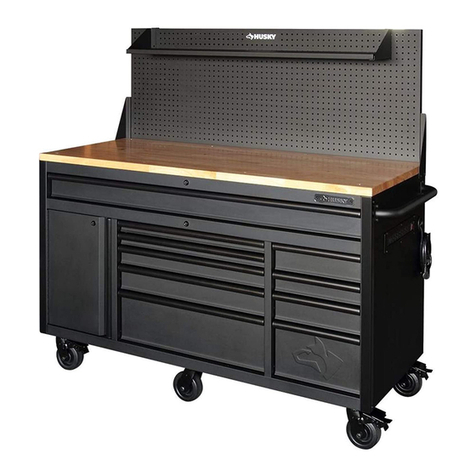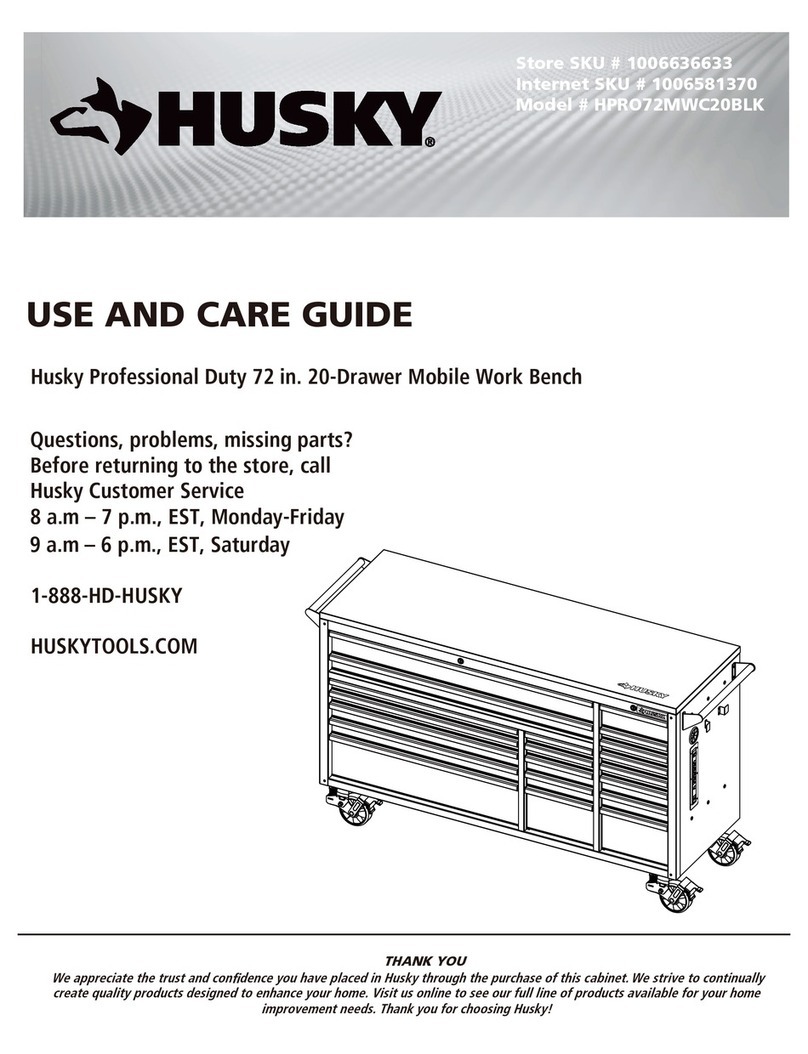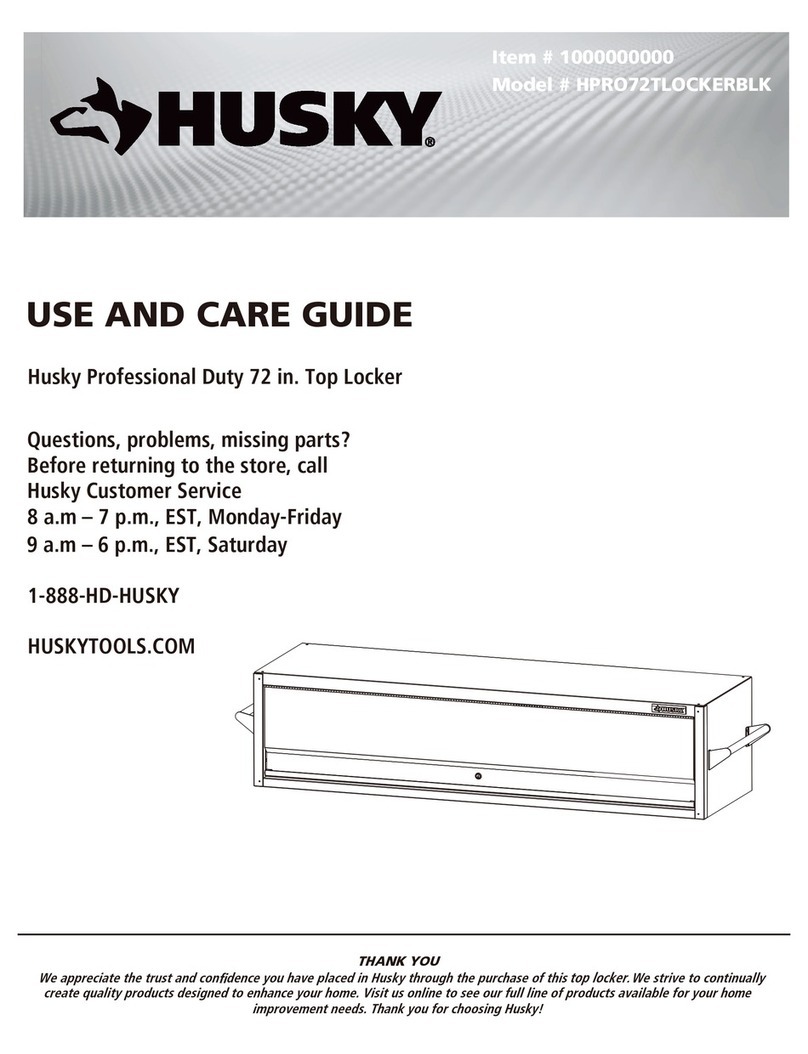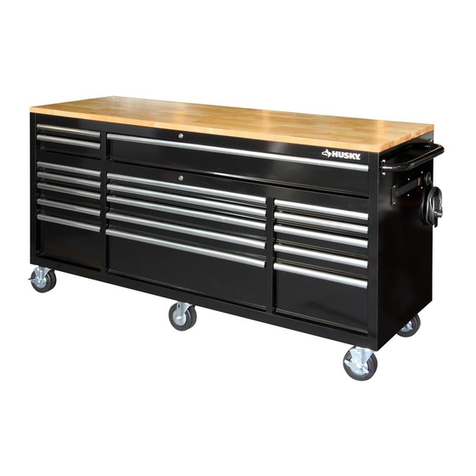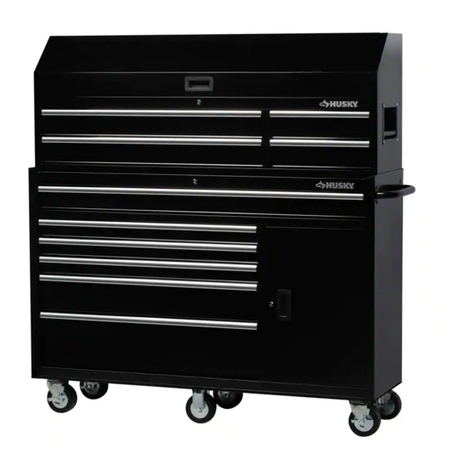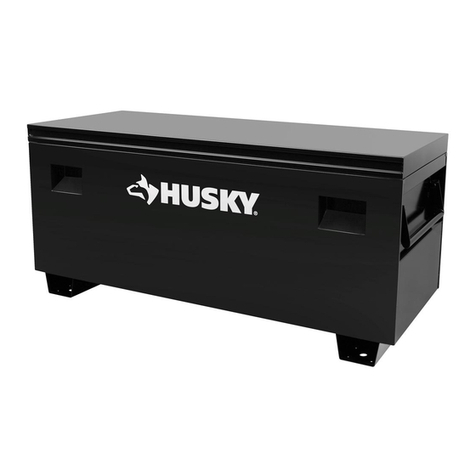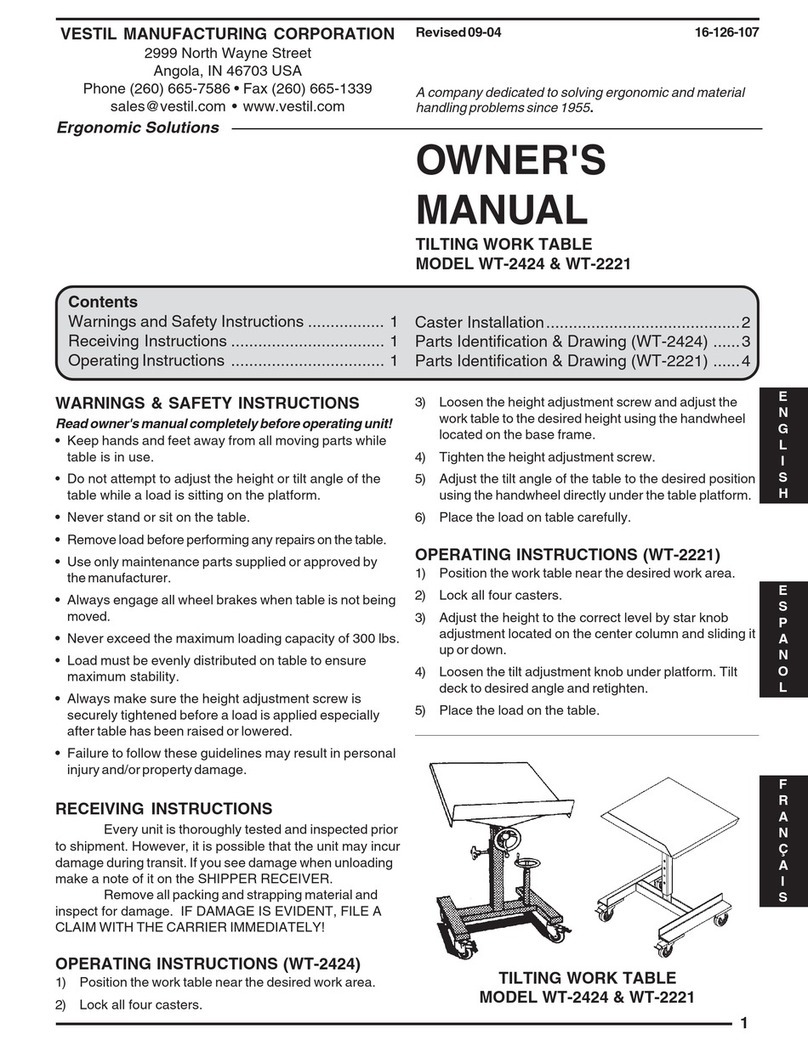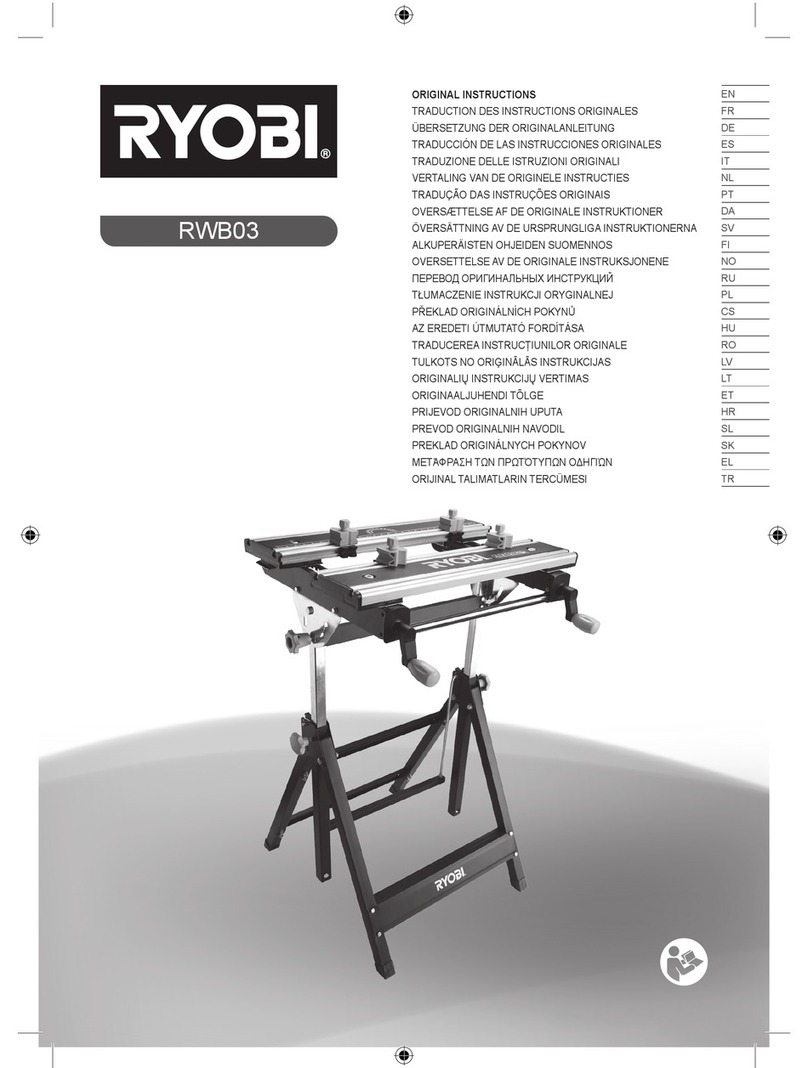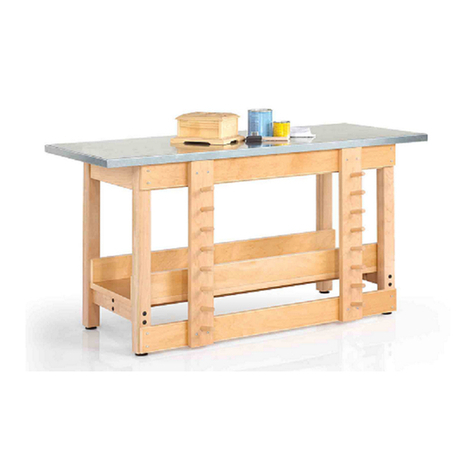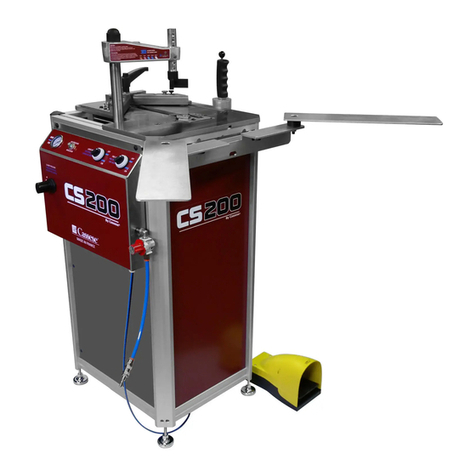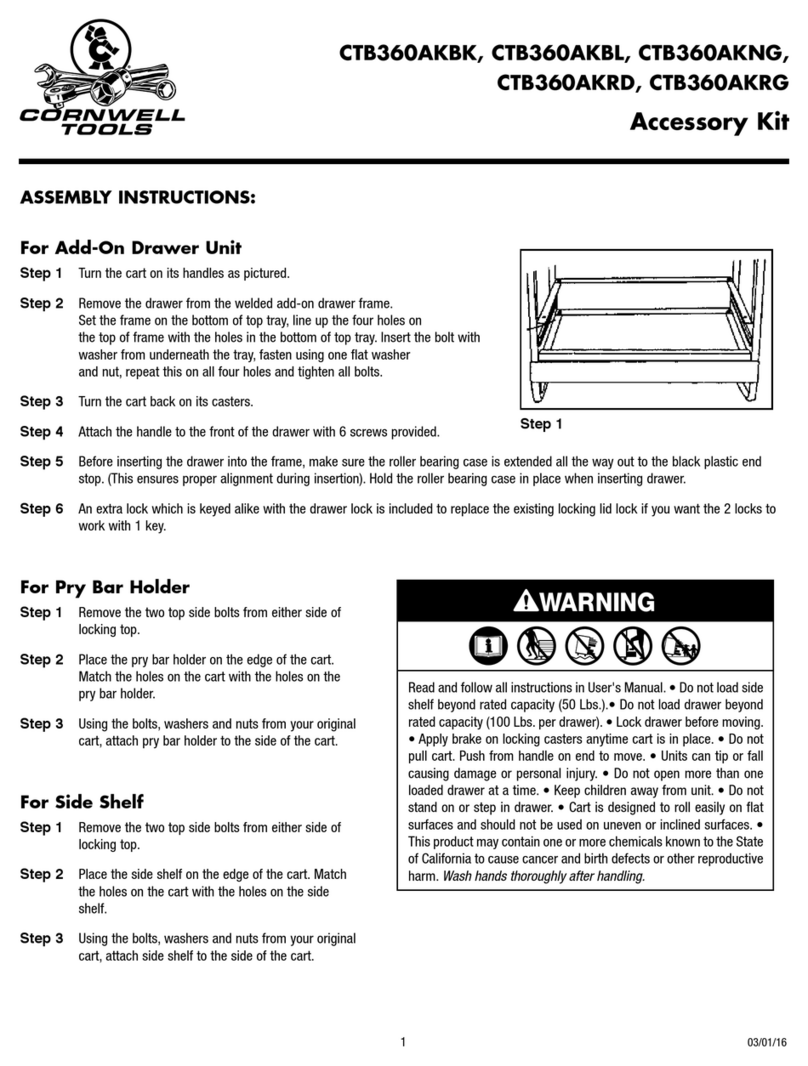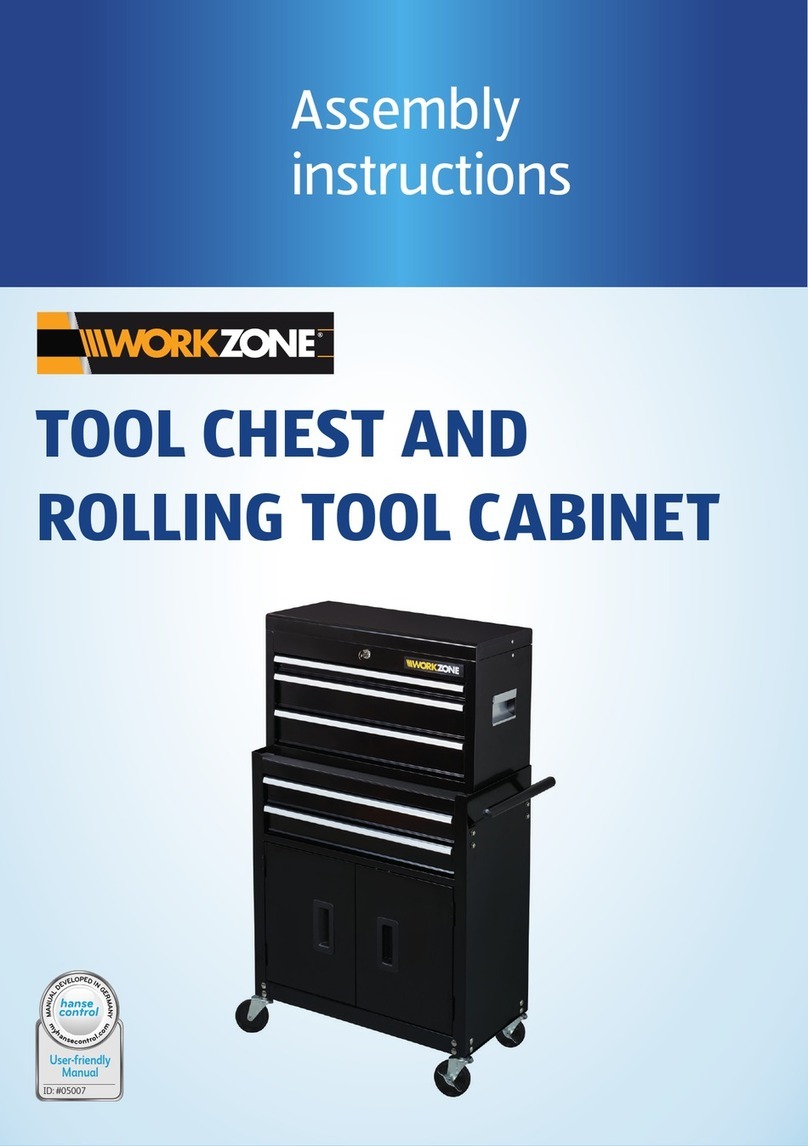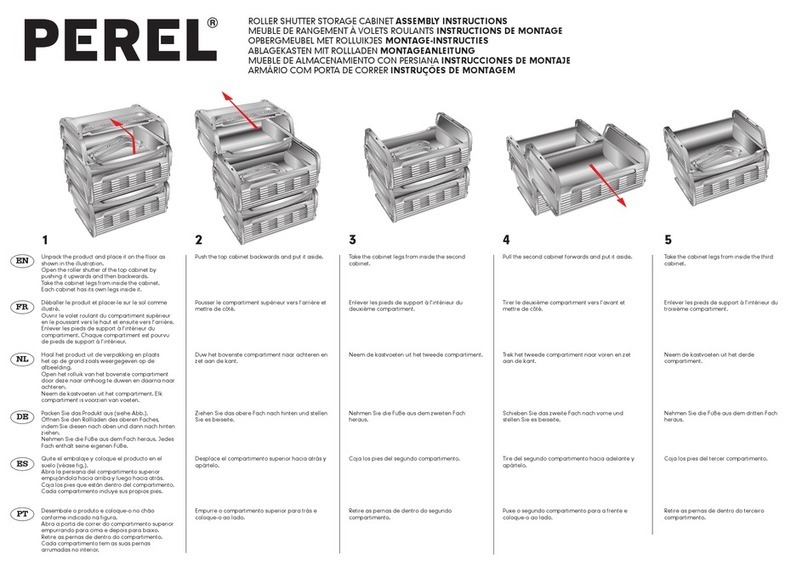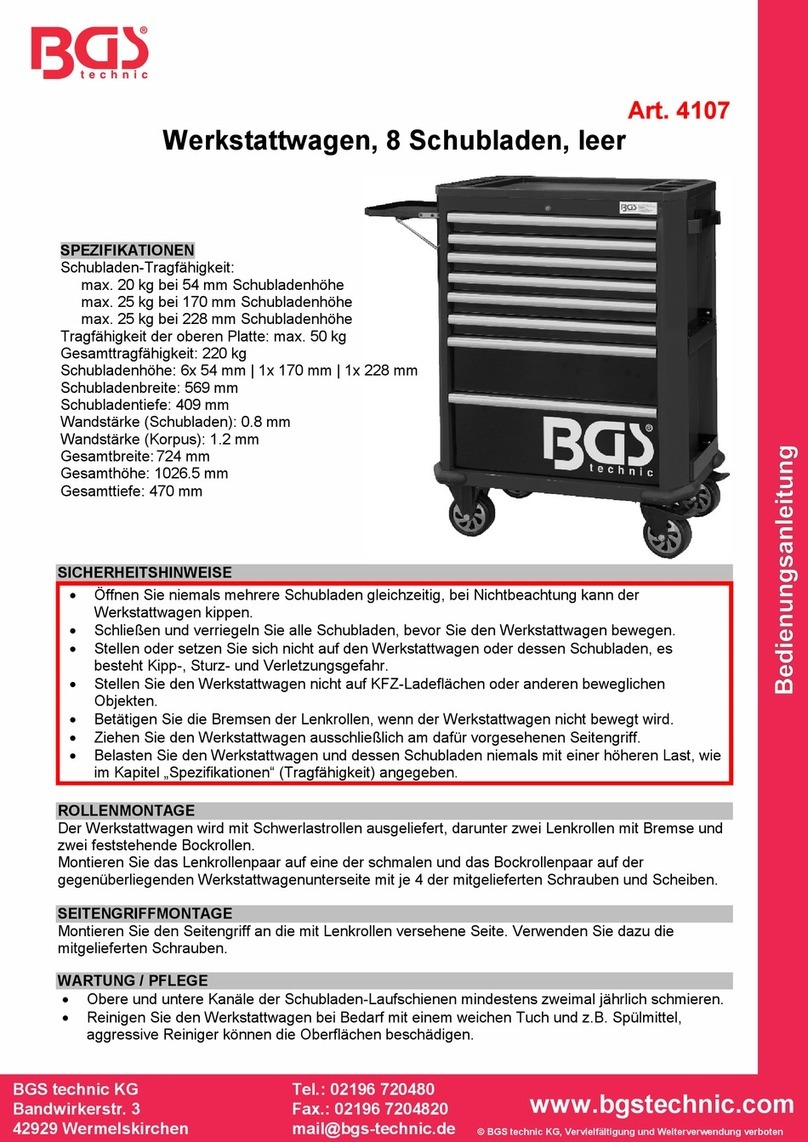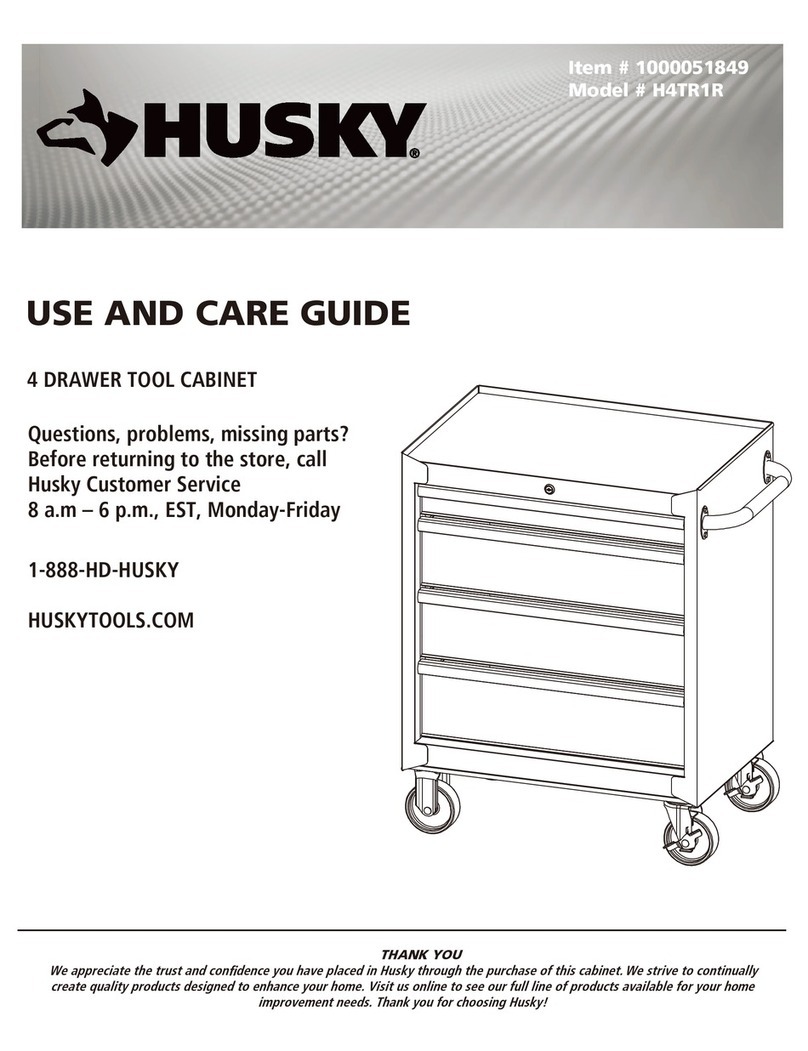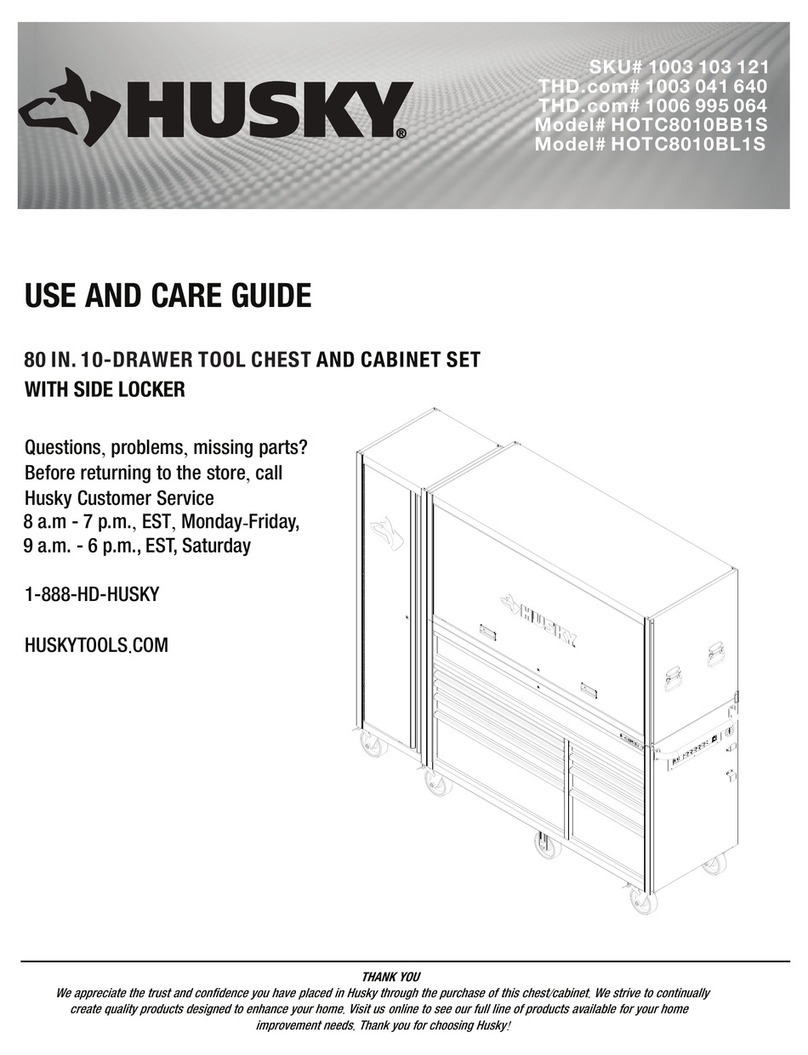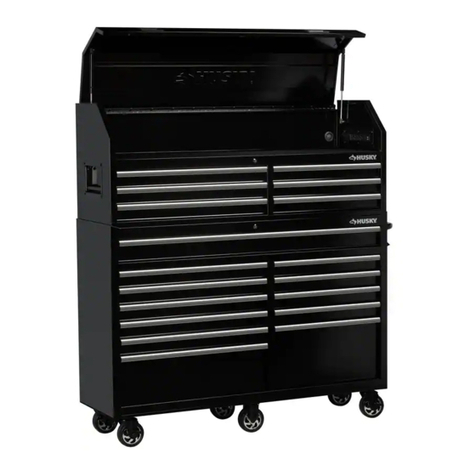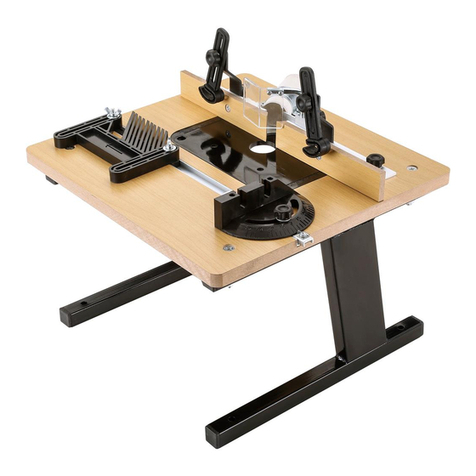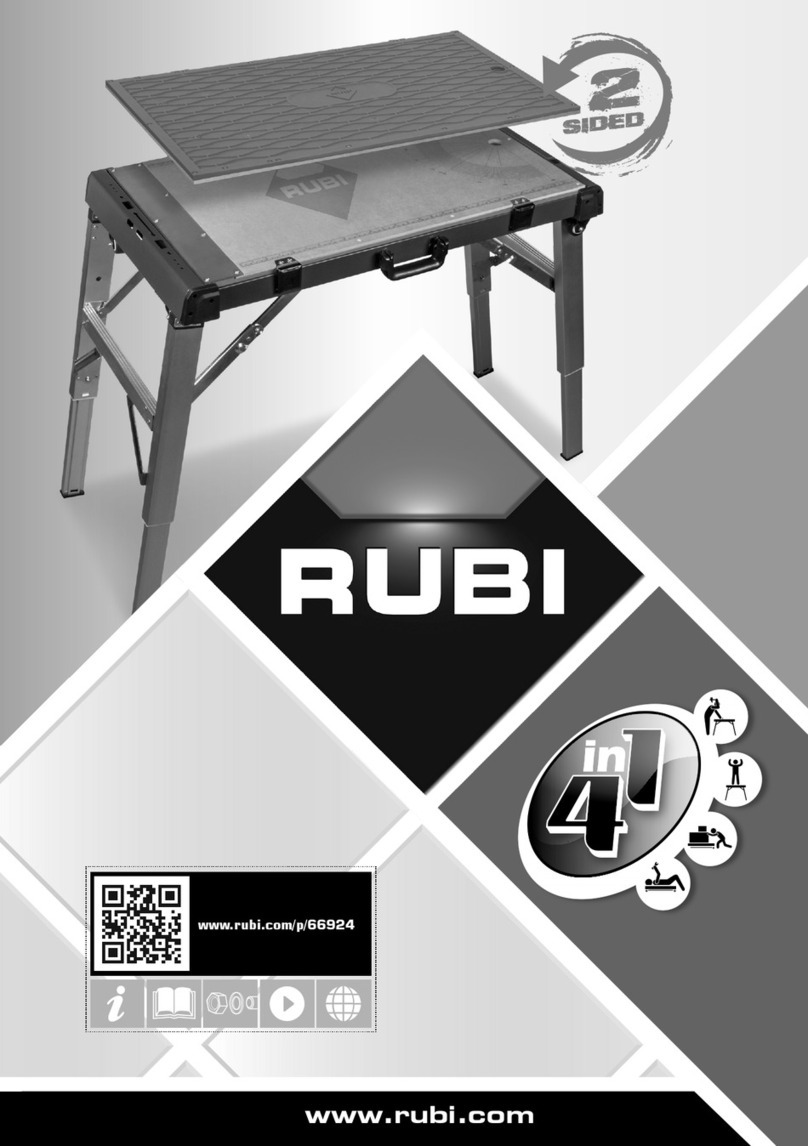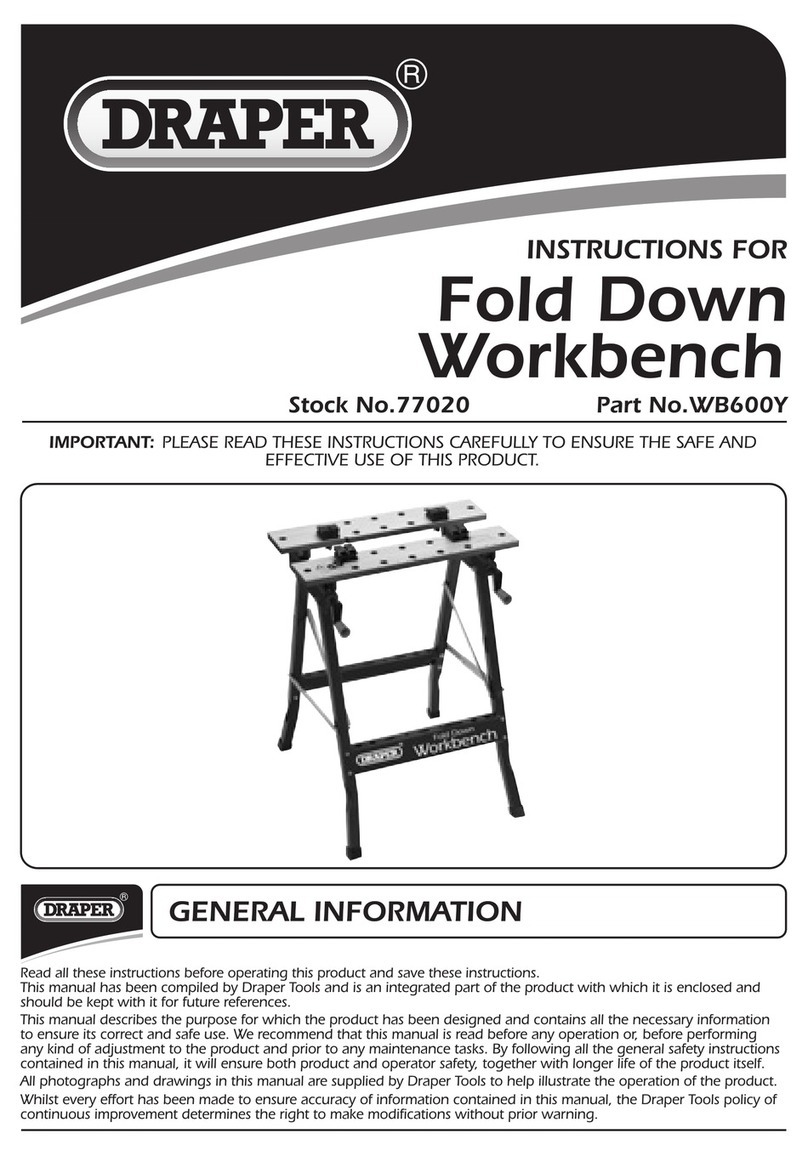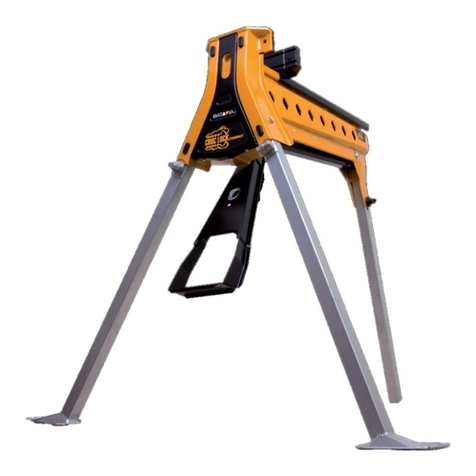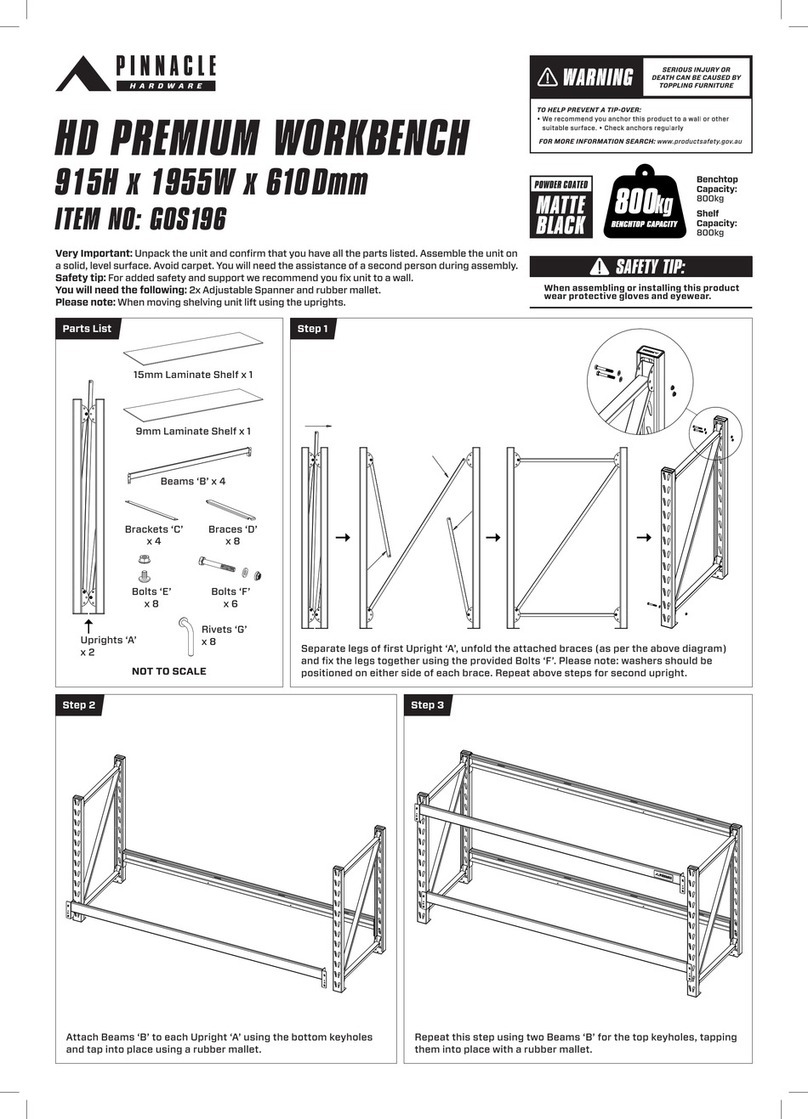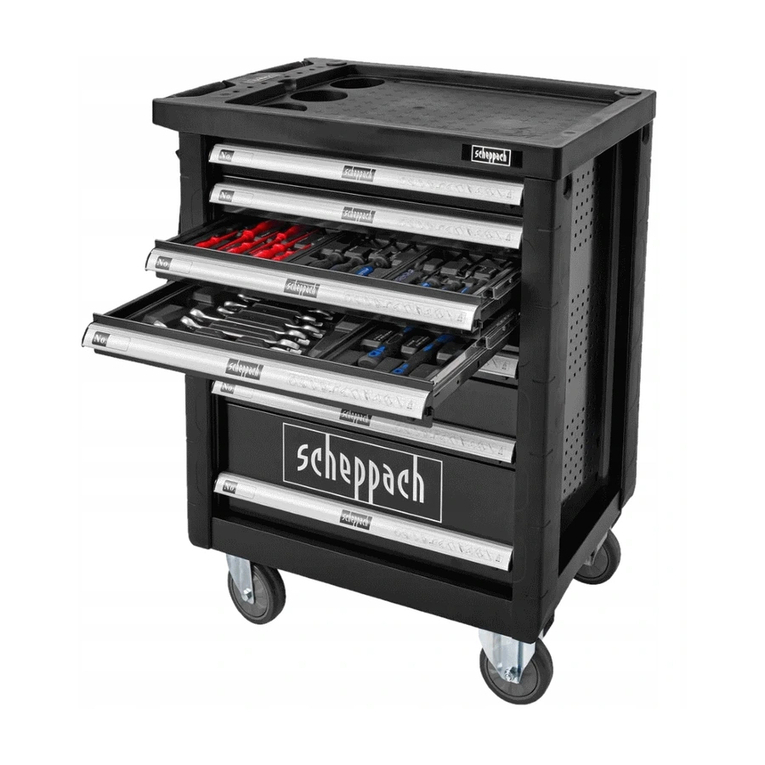
7. Extension cord
Follow all manufacturers' Warnings and Operating
Instructions for your extension cord.
Only use a three-wire extension cord with all three prongs
intact. Never remove the round grounding prong.
Check the insulation and plugs of extension cord before
using. Do NOT use cord if it is worn or damaged.
□
□
□
□
Do not insert extension cord through hole without grommet
in place.
□
Extension cord must be connected to a 125 Volt GFCI
protected outlet with proper ground. If GFCI outlet is not
available, use an extension cord with GFCI protection
built in.
□
□
□
Do NOT overload extension cord.
Remove extension cord from the hole
before moving or transporting storage cabinet.
Only use an extension cord that is rated for outdoor use.
□Do NOT connect extension cord to outlet that also sup-
plies critical safety equipment with power.
8. Electrical Shock Hazard
□ Do not plug cord into outlet with wet hands.
□ Do not use this cabinet near a bathtub, a shower, or a
swimming pool.
□ Cabinet plugs must match the outlet.
□ Never modify the plug in any way.
□ Do not use any adapter plugs with earth (grounded) cabinet
power strips.
□
of electric shock.
□ Avoid body contact with earthed or grounded surfaces. There
is an increased risk of electric shock if your body is earthed or
grounded.
CAUTION: RISK OF ELECTRICAL SHOCK: This unit has
one power supply cord. Make sure the cord is
unplugged before any servicing or cleaning.
3 Please contact 1-888-HD-HUSKY
HUSKYTOOLS.COM
for further assistance.
NOTE : This equipment has been tested and found to
comply with the limits for a Class B digital device,
pursuant to Part 15 of the FCC Rules. These limits are
designed to provide reasonable protection against
harmful interference in a residential installation. This
equipment generates, uses and can radiate radio
frequency energy and, if not installed and used in
accordance with the instructions, may cause harmful
interference to radio communications.However, there
is no guarantee that interference will not occur in
a particular installation.
If this equipment does cause harmful interference to
radio or television reception, which can be determined
by turning the equipment off and on, the user is
encouraged to try to correct the interference by one or
more of the following measures:
□Reorient or relocate the receiving antenna.
□Increase the separation between the equipment and
receiver.
□Connect the equipment into an outlet on a circuit
different from that to which the receiver is connected.
□Consult the dealer or an experienced radio/TV
technician for help.
NOTE : This device complies with Part 15 of the FCC
Rules. Operation is subject to the following two
conditions: (1) this device may not cause harmful
interference, and
(2) this device must accept any interference received,
including interference that may cause undesired
operation.
WARNING: Changes or modifications to this unit not
expressly approved by the party responsible for
compliance could void the user’s authority to operate
the equipment.
